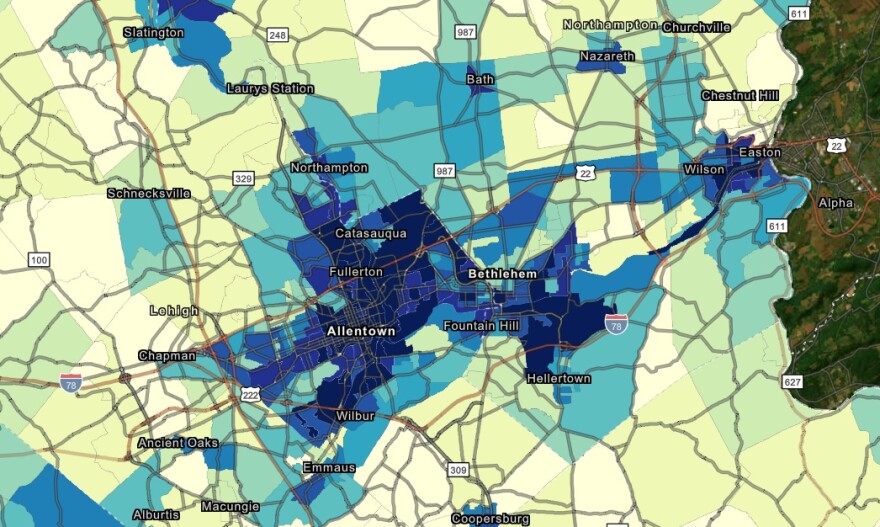ALLENTOWN, Pa. — Lehigh Valley residents will have a greater chance to weigh in on the state's new environmental justice policy after officials added an in-person meeting to collect feedback.
“Great News! There’s more opportunities to make a difference,” state officials said in an October Facebook post. “We're thrilled to announce three more dates for our Environmental Justice Policy public comment meetings! You deserve to have a say in decisions that impact your environment.
“Join us to share your thoughts and help to shape a brighter, more equitable future together.”
When state Department of Environmental Protection officials announced the series of in-person and virtual meetings in late September, there were no in-person meetings slated for the Lehigh Valley, even though the region is the third largest metropolitan area in the commonwealth. Officials several weeks ago added an additional virtual meeting, as well as in-person meetings in Allentown and Washington County.
Allentown’s meeting is slated for 6 p.m. to 8 p.m. Nov. 30, the last day of public comment, at La Toxica Event Space, 1447 Lehigh Street.
‘All Pennsylvanians have the right to clean air’
The goal of the meetings is to collect feedback on the state’s interim final Environmental Justice Policy, adopted in mid-September.
“All Pennsylvanians have the right to clean air, pure water and to the preservation of the natural, scenic, historic and esthetic values of the environment,” according to the introduction of the policy, available on the DEP’s website. “However, historically and currently, low-income and low-wealth communities and communities of color bear a disproportionate share of detrimental environmental impacts with accompanying adverse health impacts.”
In order to find areas of the state experiencing inequity, officials created a system and mapping tool to highlight areas in need as an “EJ Area.” Those are census tracts in which 20% or more people live at or below the federal poverty line, and/or 30% or more identify as a non-white minority, based on data from the U.S. Census Bureau and the federal guidelines.
Of the Lehigh Valley’s major cities, Allentown, Bethlehem and Easton, all have tracts categorized as an Environmental Justice Area, according to PennEnviroScreen, the state’s mapping and screening tool.
During the first virtual public comment meeting, a Valley chemist voiced redlining concerns, arguing lenders or grantmakers shouldn’t be able to deny a resident or an organization based on their zip code.


